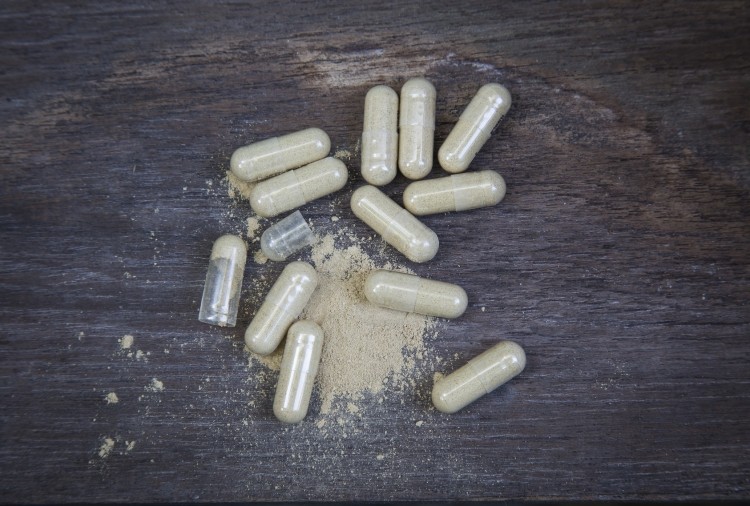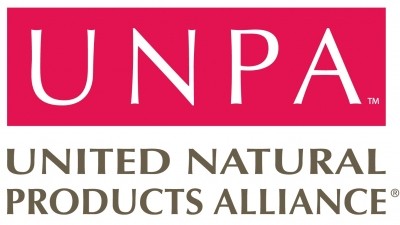UNPA on the NDI draft guidance: ‘The economic cost to industry could be billions of dollars’

While to the casual observer, it might look like not much has changed between the 2011 and 2016 versions, FDA’s restated view of what constitutes an NDI and what constitutes chemical alteration and manufacturing changes—and the financial impact of these changes to industry—would alter the face of the supplement industry forever.
“Based on our initial analysis, FDA has designed this guidance to create a vastly larger universe of NDIs by, among other restrictions, the virtue of limiting chemical alteration of food ingredients in the human diet and by treating most manufacturing changes as a trigger for NDI status,” Israelsen said. “The economic cost to industry could be billions of dollars.
“Does our interpretation of the economic impact represent a misinterpretation of the intent of DSHEA and its congressional sponsors? That would be up to Congress to decide. Is it wise as an industry to delay this guidance? Understanding and responding to this FDA policy is an urgent priority.”
The details
Israelsen said there are two new ideas in this version of the draft guidance: Master Files and the pre-DSHEA depository (an official list of old dietary ingredients (ODIs) grandfathered in).
“The most useful idea is the Master File,” he said. “It gives companies greater control over their IP, and addresses the piggybacking problem.”
But as just one example of FDA’s revised thinking on ODIs vs. NDIs and the role of manufacturing changes, Israelsen points to the mention of the use of super critical fluid extraction (Page 34 of the draft guidance states that, even if a company wants to market a supercritical fluid extract of a botanical that is on an industry list of pre-DSHEA dietary ingredients, it would have to submit an NDI notification. “Supercritical fluid extraction was not commonly used prior to 1994 and there is no evidence of extracts like this having being marketed as food prior to 1994,” states the document).
Israelsen noted that in this case, FDA fails to acknowledge the public health and safety value of super critical fluid extraction, which is a well-known improvement over prior extraction technologies.
“As an analogy to attempt to frame FDA’s thinking on manufacturing changes, think about a home that has a security system with a motion detector in the living room. But every time a leaf falls from a houseplant, the motion sensor goes off and alerts the authorities. That’s what we’re facing. Is that necessary? Is that what FDA really had in mind for industry?”
The agency also seems to answer the question about whether probiotics should be drugs or biologics by stating that they are either foods or dietary supplements (Page 35 of the document: “A bacterial microorganism is a dietary ingredient if it is a dietary substance or otherwise falls within one of the dietary ingredient categories […] For example, bacteria that are used to produce fermented foods that are eaten without a cooking or pasteurization step could be “dietary substances for use by man to supplement the diet by increasing the total dietary intake”.)
Economic impact
And so we move on to the numbers and potential costs: According to the FDA, there are more than 55,600 dietary supplements on the market, and about 5,560 new dietary supplement products come on the market each year. However, the agency has received fewer than 1,000 NDI notifications since the Dietary Supplement Health and Education Act (DSHEA) was passed in 1994.
That’s quite a difference in numbers between what’s out there and the number of NDI notifications the Agency expects to see, which, according to UNPA analysis of the revised guidance, means that more than 37,000 finished products—not including dietary ingredients—will require NDI notifications.
“Look at the FDA’s numbers and do the math. An NDI is not just about an ingredient but also about a combination with other ingredients,” said Israelsen. “The number of potential candidate products runs into the tens of thousands. The costs associated with filing will be significant. Our cost estimates are based on numbers that FDA itself has released. If we’re anywhere in the ballpark, this is the single, most expensive regulatory requirement in the history of the industry, far outweighing the cost to industry to implement DSHEA, because the costs are ongoing based on the requirements around the manufacturing changes and chemical alterations alone. They never end.”
An internal analysis from UNPA, shared with NutraIngredients-USA earlier this week, suggests that the economic impact of the New Dietary Ingredient Guidance could range from $1.9 to $5.7 billion.
"Our biggest question for the agency is this: We all share the same goal of ensuring public safety. Yet some of the changes outlined in the guidance don’t affect public safety. The costs to industry are driven by the highly sensitive trigger mechanism of what’s ‘new’. Is this really what FDA has in mind?”
So what’s next?
UNPA, like other stakeholders, is continuing to go through the new draft guidance with a fine-tooth comb, but Israelsen says that a focus on the economic impact to industry is the top priority for the organization.
To help UNPA and industry better understand the guidance and begin to formulate its responses to FDA, UNPA is hosting a one-day workshop on September 8, at the Salt Lake Marriott City Center. Salt Lake City, Utah. FDA’s Senior Advisor for the Office of Dietary Supplements, Cara Welch, Ph.D., is scheduled to present and be available for an extensive Q&A session. For more information and to register, please visit www.unpa.com/events.

















